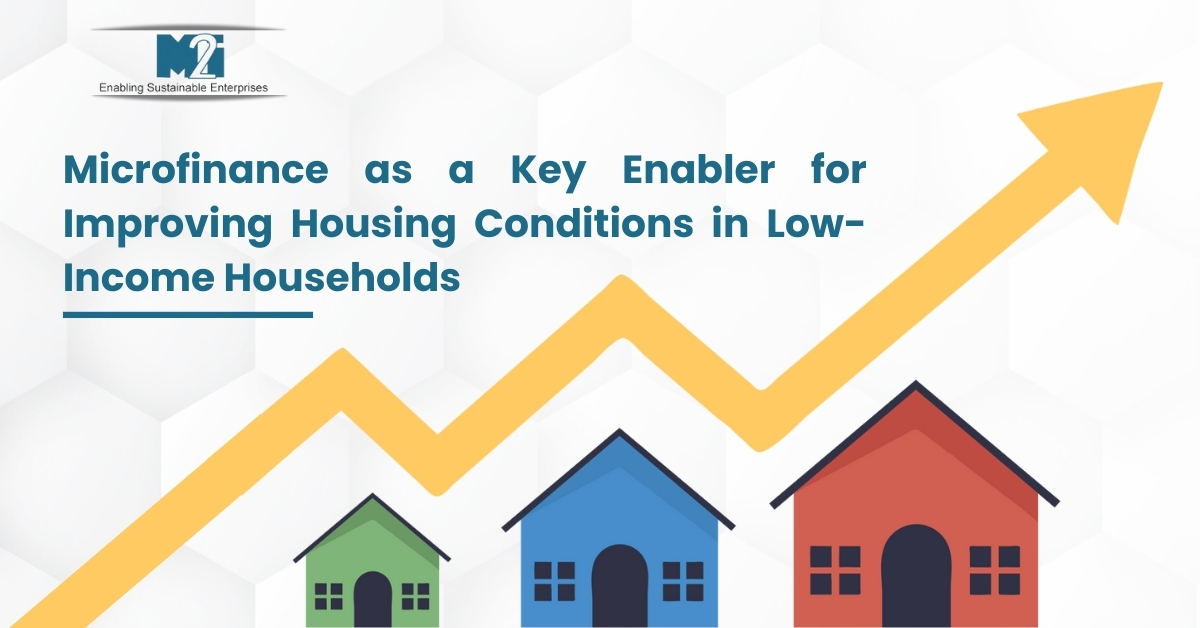
Microfinance as a Key Enabler for Improving Housing Conditions in Low-Income Households
Microfinance has long been recognized as a crucial tool in economic empowerment, but its impact extends beyond just entrepreneurial ventures. For many low-income households, access to microfinance is also a gateway to better living conditions, particularly in terms of housing, water, and sanitation.
Addressing Housing Challenges Through Microfinance
Inadequate housing is a significant challenge for low-income families, often leading to overcrowded living conditions and lack of basic amenities. Microfinance institutions (MFIs) offer specialized housing loans that enable these families to build or improve their homes. Unlike traditional housing loans, microfinance products are tailored to the financial realities of lower-income groups. They offer smaller loan amounts, flexible repayment schedules, and require less stringent collateral conditions, making them more accessible to families who are traditionally underserved by banks.
Enhancing Water and Sanitation
Water and sanitation are critical components of healthy living environments. Unfortunately, many low-income households lack access to clean water and proper sanitation facilities, contributing to health problems and limiting personal dignity. Microfinance plays a pivotal role here by providing loans specifically for the installation of sanitation facilities and safe water systems. This funding helps families install toilets, septic tanks, and access piped water systems, which significantly improve their health outcomes and overall quality of life.
Economic and Health Benefits
The benefits of improving housing conditions through microfinance are twofold. Economically, better living conditions increase the value of property and reduce costs related to health care, as improved water and sanitation facilities lead to fewer waterborne diseases. Health-wise, families benefit from a reduced risk of diseases and improved well-being, which in turn can lead to increased productivity and better educational outcomes for children.
Sustainable Development Goals (SDGs)
The role of microfinance in improving housing conditions aligns with the United Nations Sustainable Development Goals (SDGs), particularly those related to poverty reduction, good health, and well-being. By providing financial solutions for housing and sanitation, MFIs contribute directly to the achievement of these goals, demonstrating the interconnectedness of financial inclusion and broader social impact.
The Way Forward
For microfinance to continue playing a significant role in this sector, partnerships between governments, NGOs, and private sectors are crucial. These collaborations can help scale the impact of microfinance by introducing subsidies or guarantees that reduce the risk for MFIs and make loans more affordable for low-income households. Additionally, integrating education on financial literacy and the importance of sanitation can maximize the benefits derived from each loan.
By enabling low-income households to invest in their homes and health, microfinance not only improves individual family conditions but also contributes to the socio-economic development of communities. This transformative potential highlights the importance of expanding microfinance services to include not just business loans but also products focused on better living conditions.